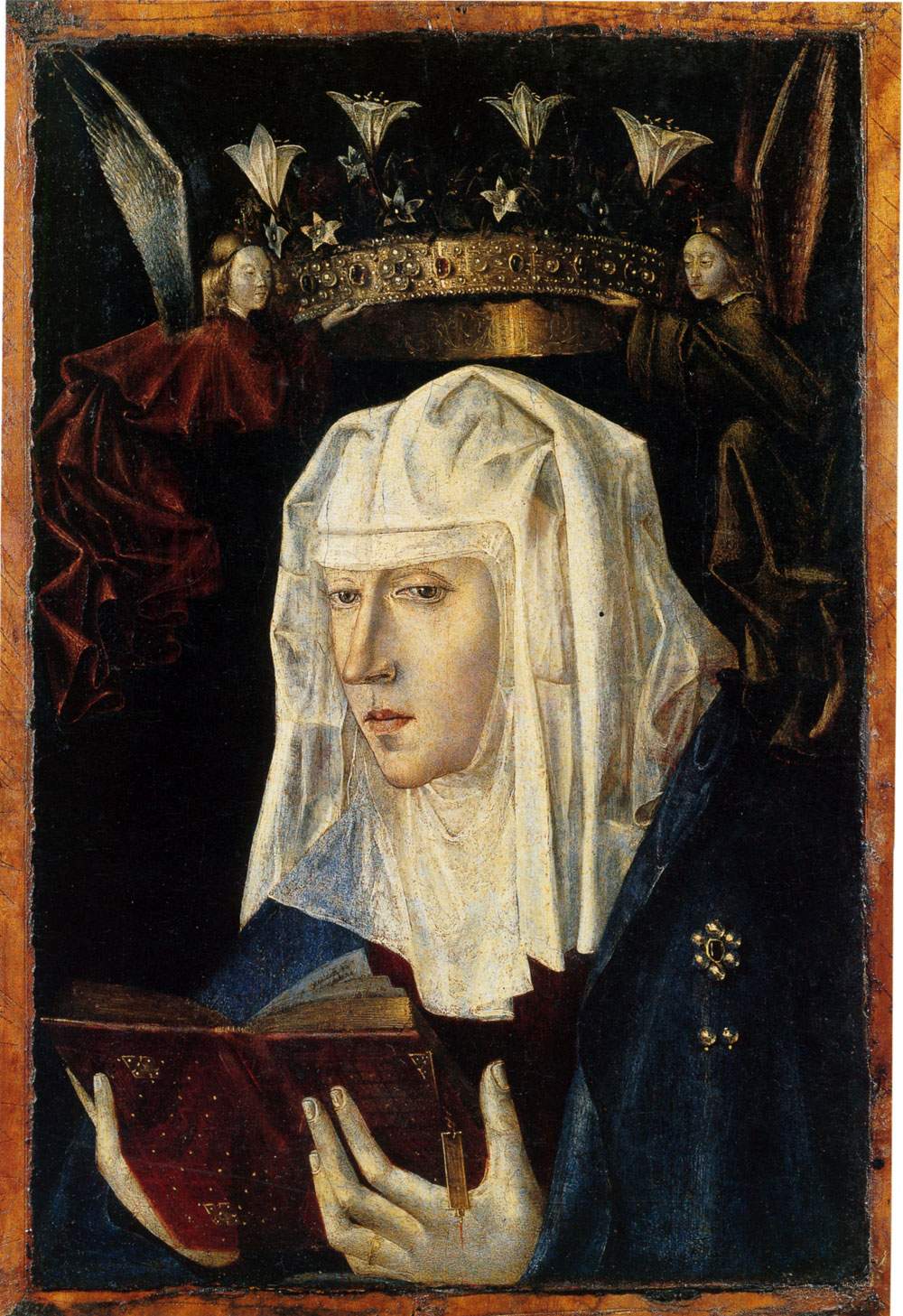The Poldi Pezzoli Museum in Milan is enriched with a new donation. It is the Virgin Reading, already attributed to Antonello da Messina (Messina, 1430 - 1479). The assignment to the hand of the Sicilian painter was first formulated by Roberto Longhi, who advanced the artist’s name in a letter sent to the painting’s owner on March 27, 1944. In the letter, Longhi likened the Vergine leggente to other early works by Antonello, such as the San Gerolamo penitente from the Museo Civico in Reggio Calabria and the Crocifissione from the Muzeu Brukenthal in Sibiu, Romania: according to the great Piedmontese art historian, the Vergine leggente would be one of the earliest works executed by Antonello during his training period between Palermo and Naples.
Later critics, however, were not of the same opinion as Longhi. Other scholars, in fact, thought the work was a copy of an original by Antonello, and still others assigned it to an anonymous Valencian painter. The right hand of the Madonna shows a high quality of execution, but also an obvious and significant retouching: and since usually, in the presence of such important retouching, it is ruled out that the work is a copy, the hypothesis is that the Virgin may be an original version. Similarly, it is possible to reasonably exclude that the artist is Spanish: the panel is in fact made of poplar wood, a support used mainly in Italy (at the time in Flanders, the region to which the iconographic model of the Virgin reading refers, and in Catalonia, other wooden supports were used). Due to attributive difficulties, it is also complex to advance a date for the work, which, due to similarities with other coeval works by Antonello, could nevertheless date from the 1460s.
In the painting, the Virgin is depicted three-quarter-length, half-length, wearing a white veil and a blue robe stopped by a brooch decorated with pearls and a large ruby; she has looked away from the book she is reading, which gives the work its name, and is turned toward the viewer: however, the Madonna almost seems to be looking into the void, as if moved by sudden concern. The composition is closed at the top by two angels who hold, above her head, a golden crown with pearls and precious stones, from which white lilies, the Marian symbol of chastity and purity, and red roses, the symbol of Jesus’ Passion, bloom (and even the crown, which looks to van Eyck’s art, recalls Flemish models).
The work was donated to the museum by Luciana Forti in memory of her father Mino, and will be placed in the Salone dorato (it will appear next to Pollaiolo’s very famous Portrait of a Lady ). “It is a source of pride for us,” says Annalisa Zanni, director of the Poldi Pezzoli, “to welcome this work: this important donation testifies to the affection that collectors have for the Poldi Pezzoli. They consider it the appropriate ’home’ to keep their works collected over time and they know how much study and dedication there is behind the acceptance and enhancement of a donation.” The Poldi Pezzoli Museum, in the past two years alone, has received as many as 300 works in donations, including paintings, clocks, furniture and porcelain: an achievement made possible also thanks to the acquisition, in 2017, of new spaces (the Franzini wing) that allow the display, in rotation, of the many donated works. “The new spaces,” concludes Annalisa Zanni, “have enticed collectors even more to donate, aware that their works would find space in the Museum, as they should, and not in storage, and would also be the subject of in-depth dossier exhibitions.”
On the occasion of the donation, the work underwent a light conservation intervention by the restoration laboratories of Open Care - Servizi per l’arte, which had already carried out a major restoration on the occasion of the loan of the work for the exhibition on Antonello da Messina held 2006 at the Scuderie del Quirinale. On that occasion, important diagnostic investigations were carried out, useful for the purposes of studies for the attribution of the painting. In-depth guided tours dedicated to the work will also be organized, curated by Ambarabart: the next one will be called Masterpiece after Work and will be held on Thursday, March 7, from 6:30 to 7 p.m. For information, the Poldi Pezzoli Museum website can be consulted.
Pictured is the reading Virgin donated to the Poldi Pezzoli.
 |
| New work for Milan's Poldi Pezzoli: museum acquires Virgin already attributed to Antonello da Messina |
Warning: the translation into English of the original Italian article was created using automatic tools. We undertake to review all articles, but we do not guarantee the total absence of inaccuracies in the translation due to the program. You can find the original by clicking on the ITA button. If you find any mistake,please contact us.